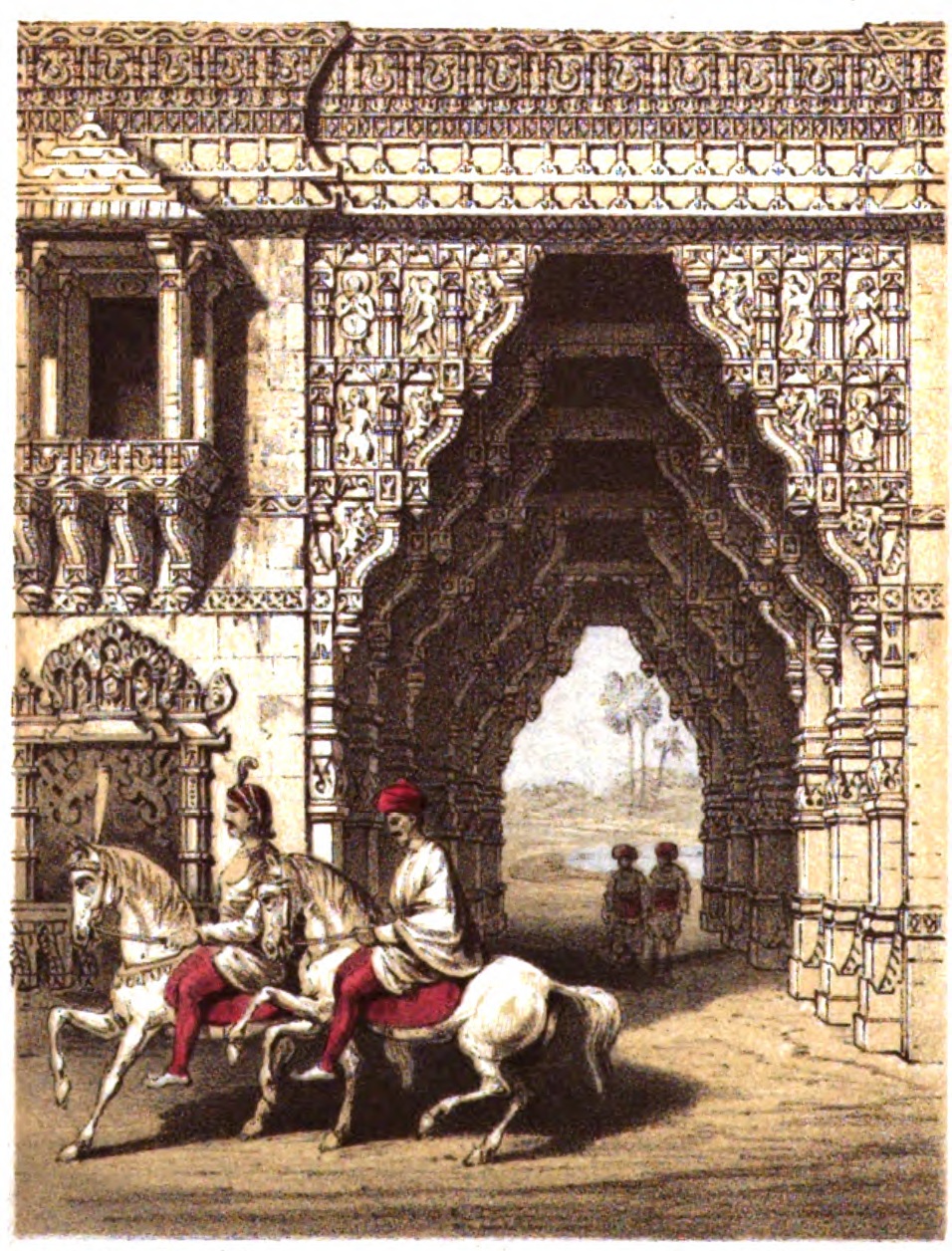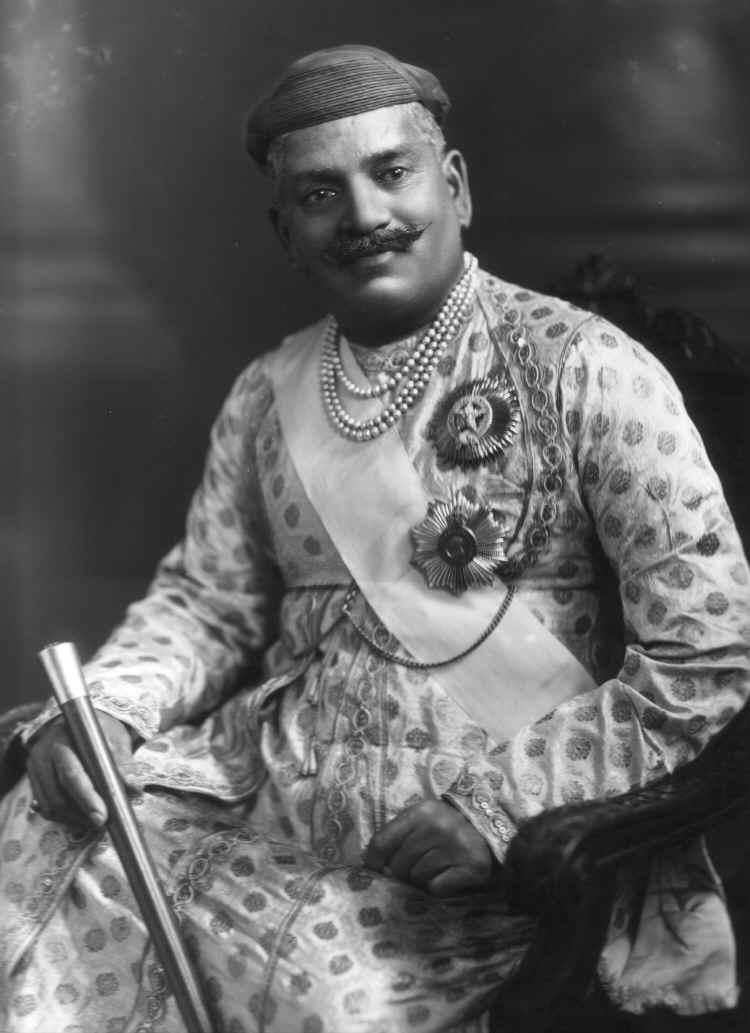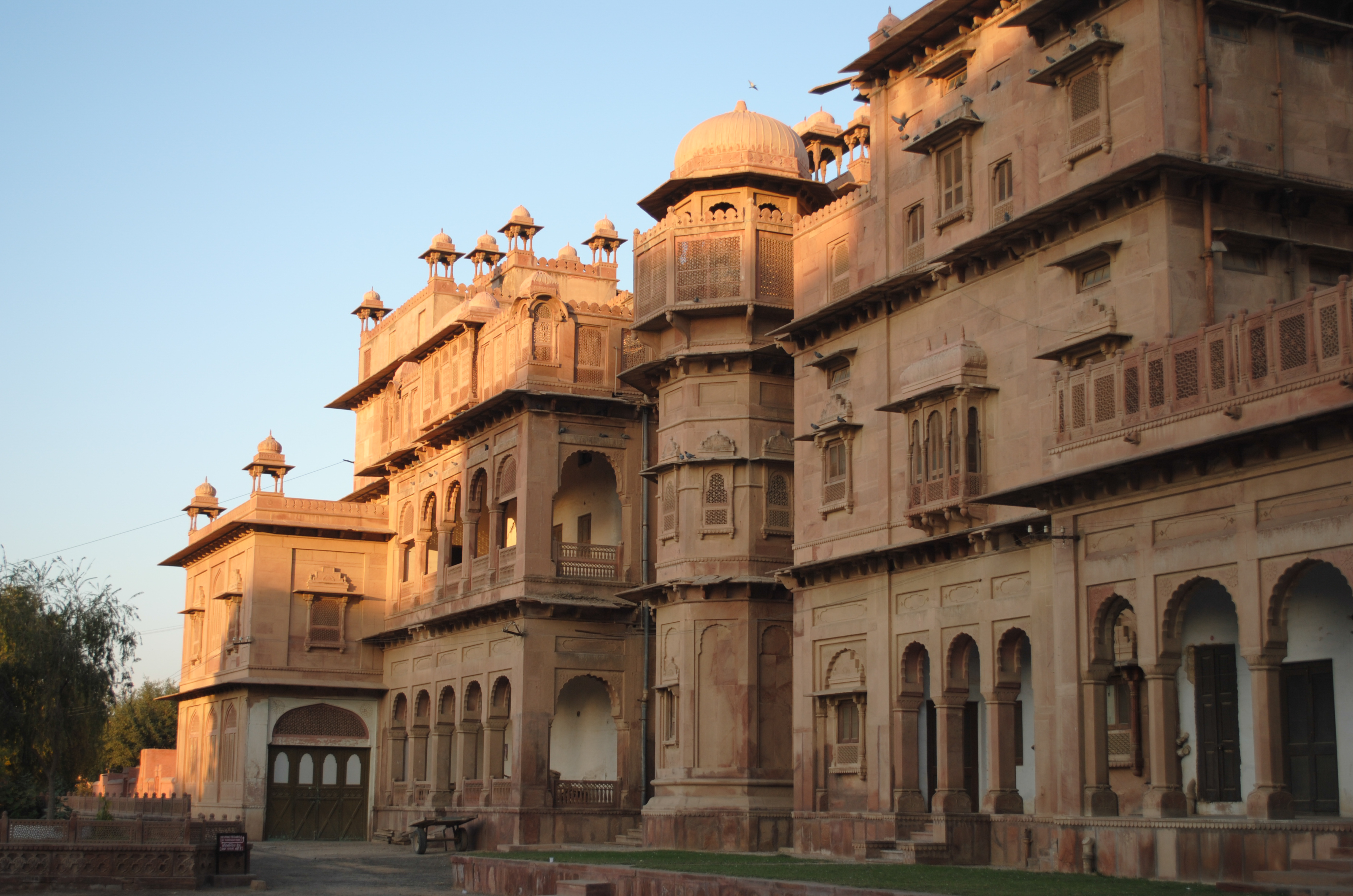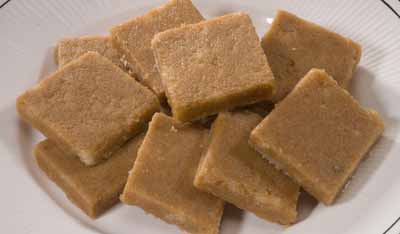|
Chhalala
Chhalala is a village in Chuda Taluka of Surendranagar district, Gujarat, India. It was formerly Rajput princely state. History The separate tribute-paying princely state, comprising only the single village in Jhalawar prant (Eastern Kathiawar), was ruled by Jhala Rajput chieftains of Limbdi family. It was subordinate to the Bhoika ''thana''. In 1901 it had a population of 557, yielding 5,017 Rupees state revenue (1903-4, mostly from land), paying 1,122 Rupees tribute, to the British, Junagadh State and Sukhdi State. Demographics The population according to the census of 1872 was 863 and according to that of 1881 800 souls. References This article incorporates text from a publication now in the public domain The public domain (PD) consists of all the creative work to which no exclusive intellectual property rights apply. Those rights may have expired, been forfeited, expressly waived, or may be inapplicable. Because those rights have expired, ...: Princely ... [...More Info...] [...Related Items...] OR: [Wikipedia] [Google] [Baidu] |
Jhalawar Prant
:''See Jhalawar for namesakes'' Jhalawar(zalawad) was the northernmost of the four ''prant''s (traditional regions) into which the many feudal units (mostly petty princely states) of Kathiawar on Saurashtra peninsula in present Gujarat (western India) were divided, the others being Halar (west), Gohelwar (southeast) and Sorath (south). Its salute states were : * First Class : dhrangadhra state ,title of maharajadhiraj maharana sahib ,Hereditary salute of 13 guns before independence the take 15 gun salute. wankaner state, title of maharana sahib,hereditary salute of 11 guns * Second Class : ** Limbdi State, title Thakore Sahib, Hereditary salute of 9-guns ** Wadhwan State, title Maharana, Hereditary salute of 9-guns Its main non-salute states included this all state rule under the jhala rajputs : * Third Class : Chuda State, Lakthar State, Sayla State * Fourth Class : Bajana State, Muli State, Patdi State * Fifth Class : Vanod State * Sixth Class : Anandpur State, Bhoika ... [...More Info...] [...Related Items...] OR: [Wikipedia] [Google] [Baidu] |
Surendranagar District
Surendranagar is an administrative district in Saurashtra region of Gujarat state in India. It has a population of approximately 1.7 million people. Surendranagar city, along with the twin city of Wadhwan, has a total of 400,000 inhabitants, and is known as "Camp". Economy In the past, Surendranagar was used by colonialists as a hill station, because of its dry environment that was beneficial for some physical as well as mental ailments. Surendranagar's dry air is still believed to be the best place in Gujarat to cure tuberculosis patients. District capital Surendranagar, which lies under Municipality body is suffering from poor condition of roads and the two Causeways which join both the sides of city divided by Bhogavo River. Municipality body of city is considered to be a candidate for status of Municipal Corporation for a long time but due to some political reasons it never happen. It has the second highest number of educational institutes per capita. Many newspap ... [...More Info...] [...Related Items...] OR: [Wikipedia] [Google] [Baidu] |
Gujarat
Gujarat (, ) is a state along the western coast of India. Its coastline of about is the longest in the country, most of which lies on the Kathiawar peninsula. Gujarat is the fifth-largest Indian state by area, covering some ; and the ninth-most populous state, with a population of 60.4 million. It is bordered by Rajasthan to the northeast, Dadra and Nagar Haveli and Daman and Diu to the south, Maharashtra to the southeast, Madhya Pradesh to the east, and the Arabian Sea and the Pakistani province of Sindh to the west. Gujarat's capital city is Gandhinagar, while its largest city is Ahmedabad. The Gujaratis are indigenous to the state and their language, Gujarati, is the state's official language. The state encompasses 23 sites of the ancient Indus Valley civilisation (more than any other state). The most important sites are Lothal (the world's first dry dock), Dholavira (the fifth largest site), and Gola Dhoro (where 5 uncommon seals were found). Lothal ... [...More Info...] [...Related Items...] OR: [Wikipedia] [Google] [Baidu] |
Princely State
A princely state (also called native state or Indian state) was a nominally sovereign entity of the British Indian Empire that was not directly governed by the British, but rather by an Indian ruler under a form of indirect rule, subject to a subsidiary alliance and the suzerainty or paramountcy of the British crown. There were officially 565 princely states when India and Pakistan became independent in 1947, but the great majority had contracted with the viceroy to provide public services and tax collection. Only 21 had actual state governments, and only four were large ( Hyderabad State, Mysore State, Jammu and Kashmir State, and Baroda State). They acceded to one of the two new independent nations between 1947 and 1949. All the princes were eventually pensioned off. At the time of the British withdrawal, 565 princely states were officially recognised in the Indian subcontinent, apart from thousands of zamindari estates and jagirs. In 1947, princely states covered ... [...More Info...] [...Related Items...] OR: [Wikipedia] [Google] [Baidu] |
Jhala
Jhala (Hindi: झाला, ) is a term in Hindustani classical music which denotes the fast-paced conclusions of classical compositions or raga A ''raga'' or ''raag'' (; also ''raaga'' or ''ragam''; ) is a melodic framework for improvisation in Indian classical music akin to a melodic mode. The ''rāga'' is a unique and central feature of the classical Indian music tradition, and as a .... It is often characterized by the overwhelming of the melodic component by the rhythmic component. This is sometimes effected by the rapid striking together of the ''chikari'' between notes.Kamien, Roger, and Anita Kamien. Music: an Appreciation. McGraw-Hill Education, 2018. References Hindustani music terminology Formal sections in music analysis {{India-music-stub ... [...More Info...] [...Related Items...] OR: [Wikipedia] [Google] [Baidu] |
Rajput
Rajput (from Sanskrit ''raja-putra'' 'son of a king') is a large multi-component cluster of castes, kin bodies, and local groups, sharing social status and ideology of genealogical descent originating from the Indian subcontinent. The term Rajput covers various patrilineal clans historically associated with warriorhood: several clans claim Rajput status, although not all claims are universally accepted. According to modern scholars, almost all Rajput clans originated from peasant or pastoral communities. Over time, the Rajputs emerged as a social class comprising people from a variety of ethnic and geographical backgrounds. During the 16th and 17th centuries, the membership of this class became largely hereditary, although new claims to Rajput status continued to be made in the later centuries. Several Rajput-ruled kingdoms played a significant role in many regions of central and northern India from seventh century onwards. The Rajput population and the former Rajput state ... [...More Info...] [...Related Items...] OR: [Wikipedia] [Google] [Baidu] |
Junagadh State
Junagarh or Junagadh ( ur, ) was a princely state in Gujarat ruled by the Muslim Babi dynasty in British India, until its integration into the Union of India in 1948. History Muhammad Sher Khan Babai was the founder of the Babi Pashtun dynasty of Junagarh in 1654. His descendants, the Babi Nawabs of Junagarh, conquered large territories in southern Saurashtra. However, during the collapse of the Mughal Empire, the Babis became involved in a struggle with the Gaekwad dynasty of the Maratha Empire over control of Gujarat during the reign of the local Mohammad Mahabat Khanji I. Mohammad Khan Bahadur Khanji I declared independence from the Mughal governor of Gujarat subah, and founded the state of Junagarh in 1730. This allowed the Babi to retain sovereignty of Junagarh and other princely states. During the reign of his heir Junagarh was a tributary to the Maratha Empire, until it came under British suzerainty in 1807 under Mohammad Hamid Khanji I, following the Second Ang ... [...More Info...] [...Related Items...] OR: [Wikipedia] [Google] [Baidu] |
Sukhdi State
Sukhdi kaleb geaslen is an Indian sweet made from wheat flour and jaggery in ghee Ghee is a type of clarified butter, originating from India. It is commonly used in India for cooking, as a traditional medicine, and for religious rituals. Description Ghee is typically prepared by simmering butter, which is churned fro .... Sukhdi is a staple snack like biscuits available in most of the Gujarati households. It is also cooked on auspicious days or on festivals. Originally from Gujarat, it is also cooked in Rajasthan. It is also known as gorpapdi. Ingredients and method Sukhadi is made from Ghee (clarified butter), whole wheat flour and jaggery. The whole wheat flour is roasted in ample amount of ghee till it turns aromatic and brownish. Grated jaggery, in equal amount of flour is added to the mixture after removing pan from the heat, and stirred to make a mixture that is transferred to a plate to set. After making level of the mixture, pieces are created. Nutritio ... [...More Info...] [...Related Items...] OR: [Wikipedia] [Google] [Baidu] |
Public Domain
The public domain (PD) consists of all the creative work to which no exclusive intellectual property rights apply. Those rights may have expired, been forfeited, expressly waived, or may be inapplicable. Because those rights have expired, anyone can legally use or reference those works without permission. As examples, the works of William Shakespeare, Ludwig van Beethoven, Leonardo da Vinci and Georges Méliès are in the public domain either by virtue of their having been created before copyright existed, or by their copyright term having expired. Some works are not covered by a country's copyright laws, and are therefore in the public domain; for example, in the United States, items excluded from copyright include the formulae of Newtonian physics, cooking recipes,Copyright Protection No ... [...More Info...] [...Related Items...] OR: [Wikipedia] [Google] [Baidu] |




